
The Legacy of Halo: Combat Evolved
Halo (2003) game icons banners: Combat Evolve redefined FPS and became a cultural icon. It redefined console shooters with its intriguing story and engaging gameplay, developed by Bungie and released by Microsoft Game Studios. Fans were introduced to Halo’s vast universe, including the mysterious Master Chief and the Covenant. Its split-screen and internet multiplayer mode were revolutionary, encouraging competition. Halo became a symbol of gaming culture for many players, influencing other titles and cementing its position in gaming history.
Understanding Halo (2003) game icons banners
Game Icons of
Halo icons represent characters, weapons, and vehicles. These symbols give players immediate information, simplifying game interactions. The health bar icon shows player status at a glance. This design lets gamers focus on action rather than complicated menus.
Banners
Banners help create the game’s mood. In menus and loading screens, they add emotional meaning to gaming. Banners guide players through game modes and reinforce theme themes with their attractive designs. Halo’s visual language improves player involvement and immersion by strategically incorporating icons and banners.
What Are halo (2003) game icons banners?
Video game design relies on icons and banners for different but complementary objectives. Icons represent key gaming components, letting players make quick selections without disturbing flow. Weapon symbols let players recognize their armament, while health indications show their status in real time.
Banners add context and atmosphere to campaigns and multiplayer visual storytelling. They may describe game modes or events and incorporate game-appropriate artwork. A straightforward interface with icons and banners directs players through the game and enhances the story.
The Role of Halo (2003) game icons banners
halo (2003) game icons banners symbols were carefully developed to show player health and weapon status. For instance, the energy shield indicator clearly displays a player’s defensive state. This approach lets players immediately assess their combat readiness without interrupting the action.
Also, weapon icons help players recognize their armor during fast-paced gaming. These aspects are carefully integrated so players can focus on strategy and talent rather than cumbersome interfaces. Halo icons improve gaming smoothness and player happiness.
The Design Philosophy Behind Halo (2003) game icons banners
Halo’s icons emphasize clean, efficient design. Bungie wanted an attractive and user-friendly interface. Easily recognized, the series’ angular alien head logo implies technological sophistication and intrigue.
This design style stresses the user experience by giving each icon a defined gaming purpose. Bungie’s design marries form and function, influencing how games approach visual identity today. An iconic visual language improves gaming and story connection.

Design and Evolution of Icons and Banners
Gaming symbols and banners have developed over time. Early designs emphasized aesthetics above functionality, creating crowded interfaces that confused gamers. Halo’s early designs paved the way for visual storytelling improvements.
Halo’s multi-purpose banners functioned as story selection screens and multiplayer menus, demonstrating how design can effortlessly integrate gameplay components. Technology improved the capacity to produce dynamic images that fit varied game scenarios. This evolution reflects gaming trends that value user experience and artistic expression.
Comparing Halo (2003) game icons banners Halo to Modern Game Visuals
Halo’s icons stand out from modern gaming visuals and impact modern design. To improve player experience, many modern games use simple, clear iconography like Halo.
Like Halo, many modern games include simple health bars and weapon indications. These trends show that developers are realizing the importance of intuitive interfaces for engaging gameplay. As new games seek clarity and engagement, Halo’s legacy lives on.
Impact on Gameplay and Player Immersion
halo (2003) game icons banners affect gameplay and immersion beyond aesthetics. These components let players focus on the game without interruptions by showing health and ammo counts.
This seamless integration enhances Halo’s game play. During intense action, players can focus on strategy and talent rather than confusing interfaces or menus. Thus, well-designed icons and banners improve usability and emotional connection with the game’s story.
Cultural Legacy and Fan Creations
Over time, Halo’s visual identity has inspired fan art and cosplay that celebrates its vast universe. Television, movies, and other video games have referenced the game’s renowned visuals.
This cultural heritage is obvious at gatherings when fans display elaborate Halo-themed costumes or artwork. Fans of Halo continue to express their creativity in many genres, showing how deeply ingrained this brand is in gaming culture.
The Enduring Legacy of Halo’s Visual Elements
Halo’s visuals have shaped gaming beyond its franchise. They developed a series and set standards for how visuals may improve gameplay across genres.
Many creators draw influence from Halo’s pioneering work when designing future games, striving for clarity while keeping their own artistic flair. Effective design can resonate with audiences long after its publication.
MineCraft (2009) game icons banners
Why Halo’s Visual Identity Matters Today
Halo’s visual identity still appeals to both new and longtime gamers. It influenced modern game design, which emphasizes intuitive interfaces and engaging storytelling.
halo (2003) game icons banners ideals continue to guide developers in producing engaging experiences for users globally as gaming technology progresses, providing richer graphics and more intricate narratives. Thus, comprehending this past is crucial to appreciating gaming’s progress and future.
Conclusion
Combat Evolved is a cultural phenomenon that changed the gaming industry. Halo has influenced gameplay mechanisms, player interaction methods, and icon and banner design, making it a timeless classic that inspires gamers and developers.
In an ever-changing universe of new technologies and storytelling possibilities, Halo’s lessons will be crucial to future video game creation.
FAQs about Halo (2003) Game Icons and Banners
What are the primary icons in Halo (2003)?
Halo (2003)’s main icons are the Master Chief’s helmet, the Halo ring, and the UNSC insignia. Icons symbolize game aspects, improving player recognition and engagement.
How do banners contribute to the game’s visual identity?
Dynamic Halo (2003) banners feature people, landscapes, and themes. They assist in creating a unified visual identity and atmosphere that draws players into Halo.
What colors are commonly used in halo (2003) game icons banners?
Halo (2003) icons and banners use green, black, and metallic colors. These colors evoke sci-fi and futuristic warfare.
What role does Master Chief’s helmet play in the game’s branding?
Master Chief’s helmet symbolizes strength and courage in the game. It’s a key picture in promotional materials and helps connect the game’s story.
How have Halo’s icons and banners evolved over time?
Halo’s icons and banners have grown more elaborate and detailed throughout time, reflecting graphic design advances while preserving essential components like color schemes and identifiable symbols.
What is the significance of the Halo ring in the game?
The Halo ring is crucial to the game’s plot and features in advertising materials, confirming its brand identity.
How do icons enhance player experience in Halo (2003)?
Icons show weaponry and health state, allowing players to make quick selections without breaking their immersion.
What tools are used to create these icons and banners?
Illustrator and Photoshop are used to produce Halo (2003) icons and banners, giving designers precise control over aesthetics and functionality.
Are there any community-created icons or banners for Halo (2003)?
Yes, many fans build personalized icons and banners to express their style or game achievements, creating a dynamic Halo visual identity community.
Why are icons and banners important for brand identity in gaming?
Game icons and banners help build brand recognition by developing player-relatable symbols. They improve immersion, game communication, and fan community.


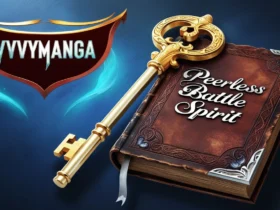
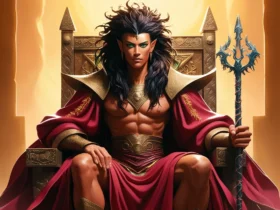

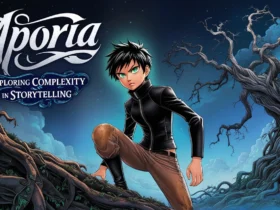






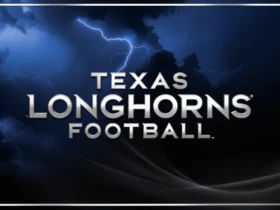



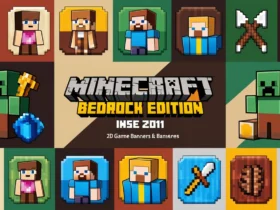
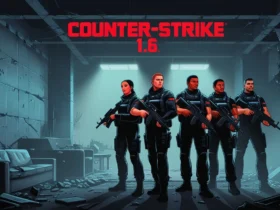
Leave a Reply